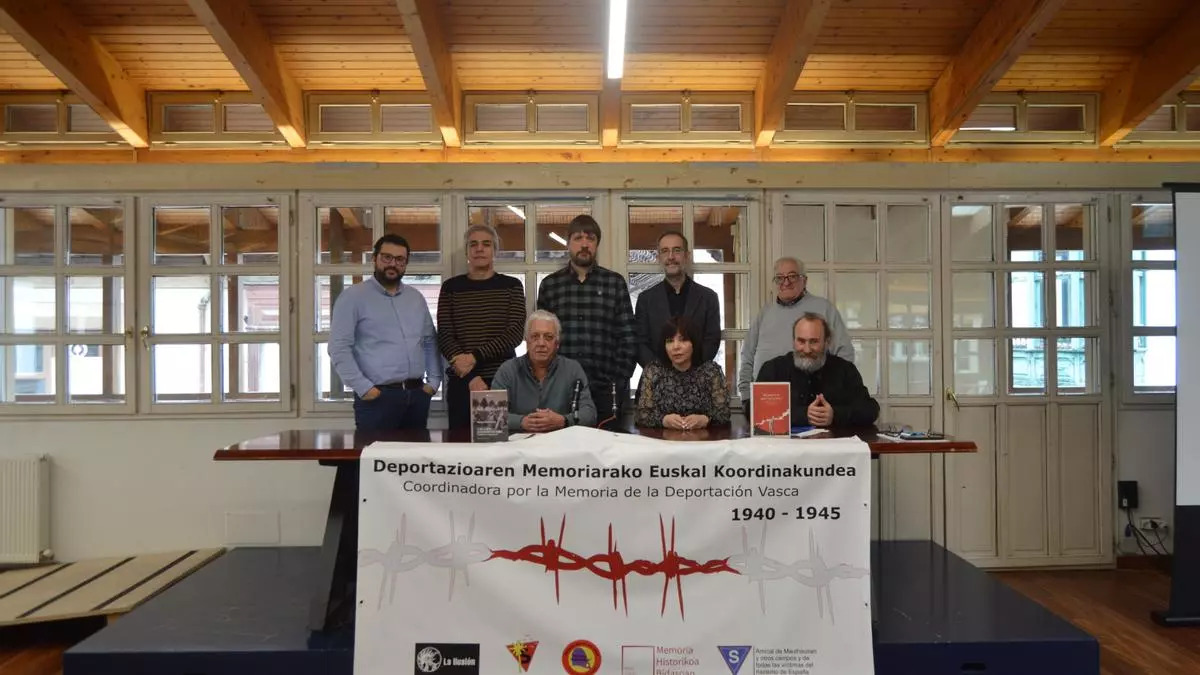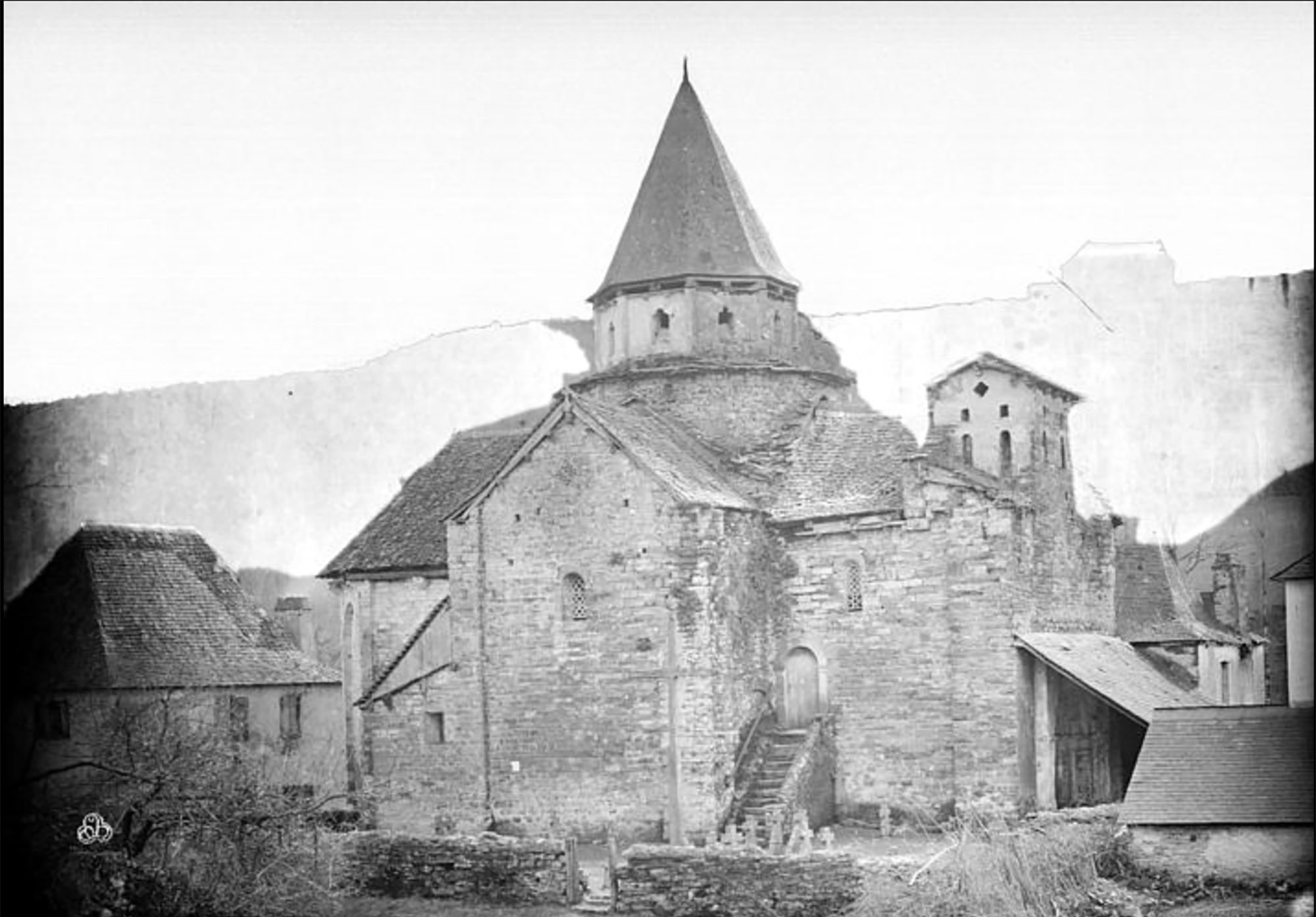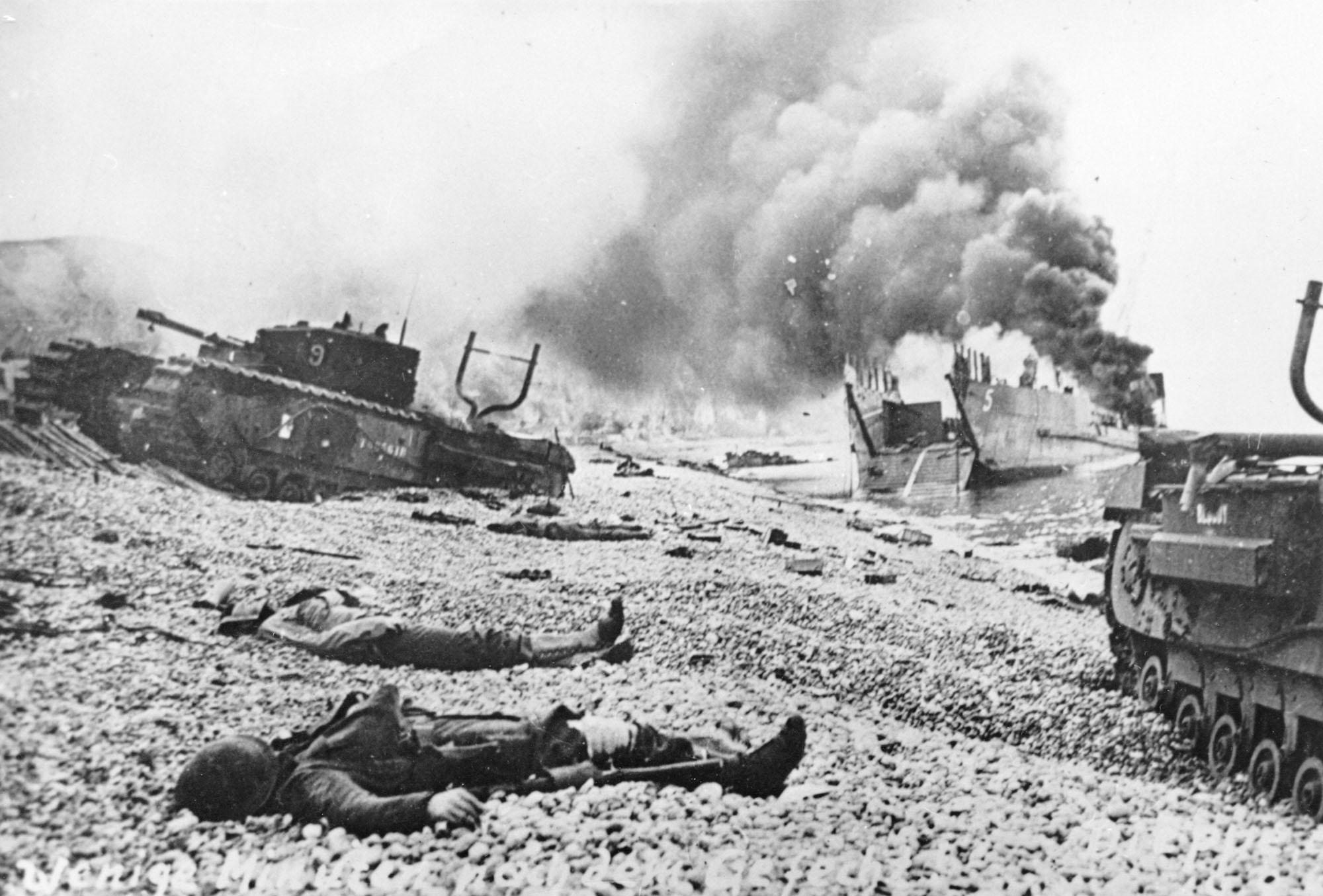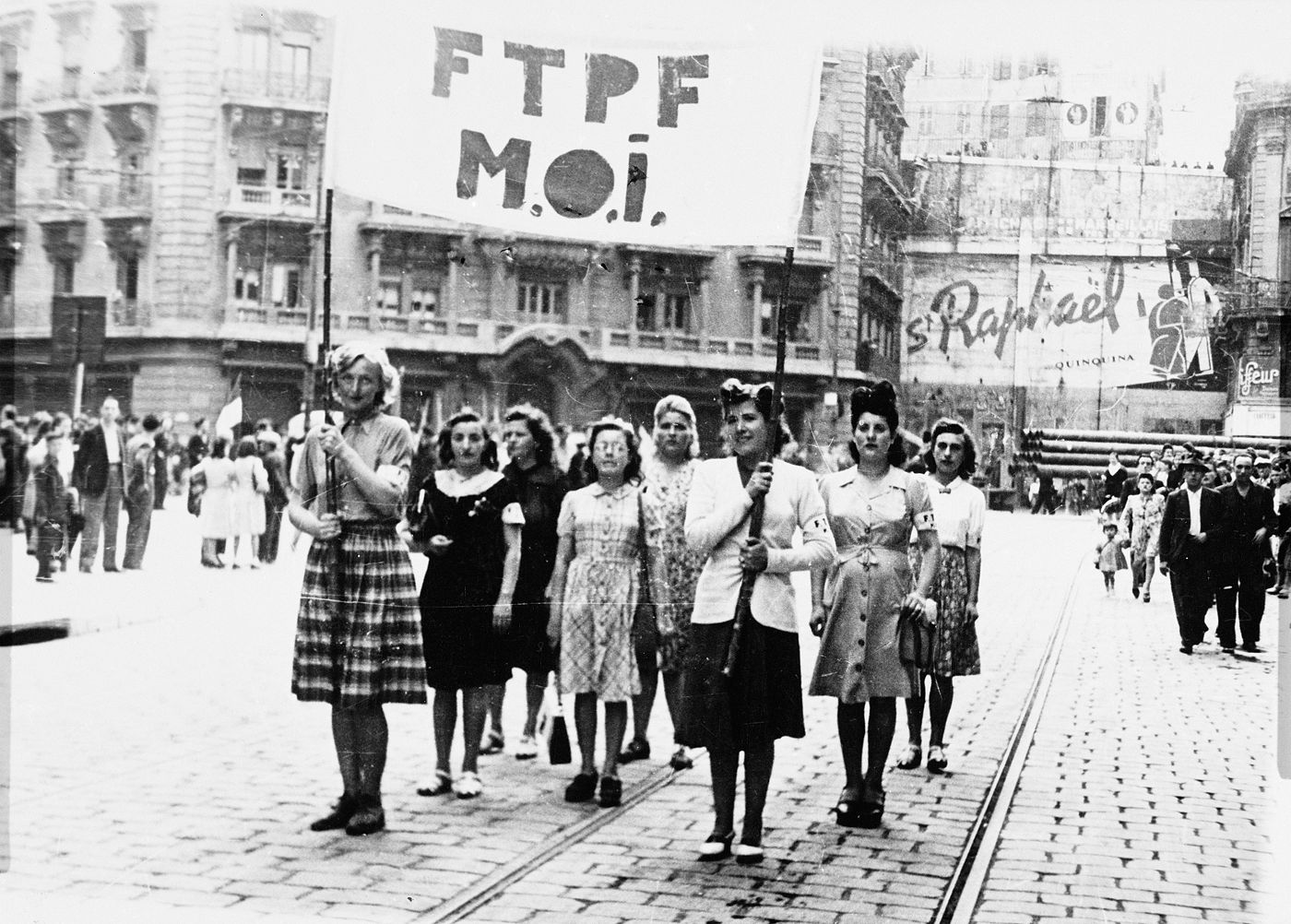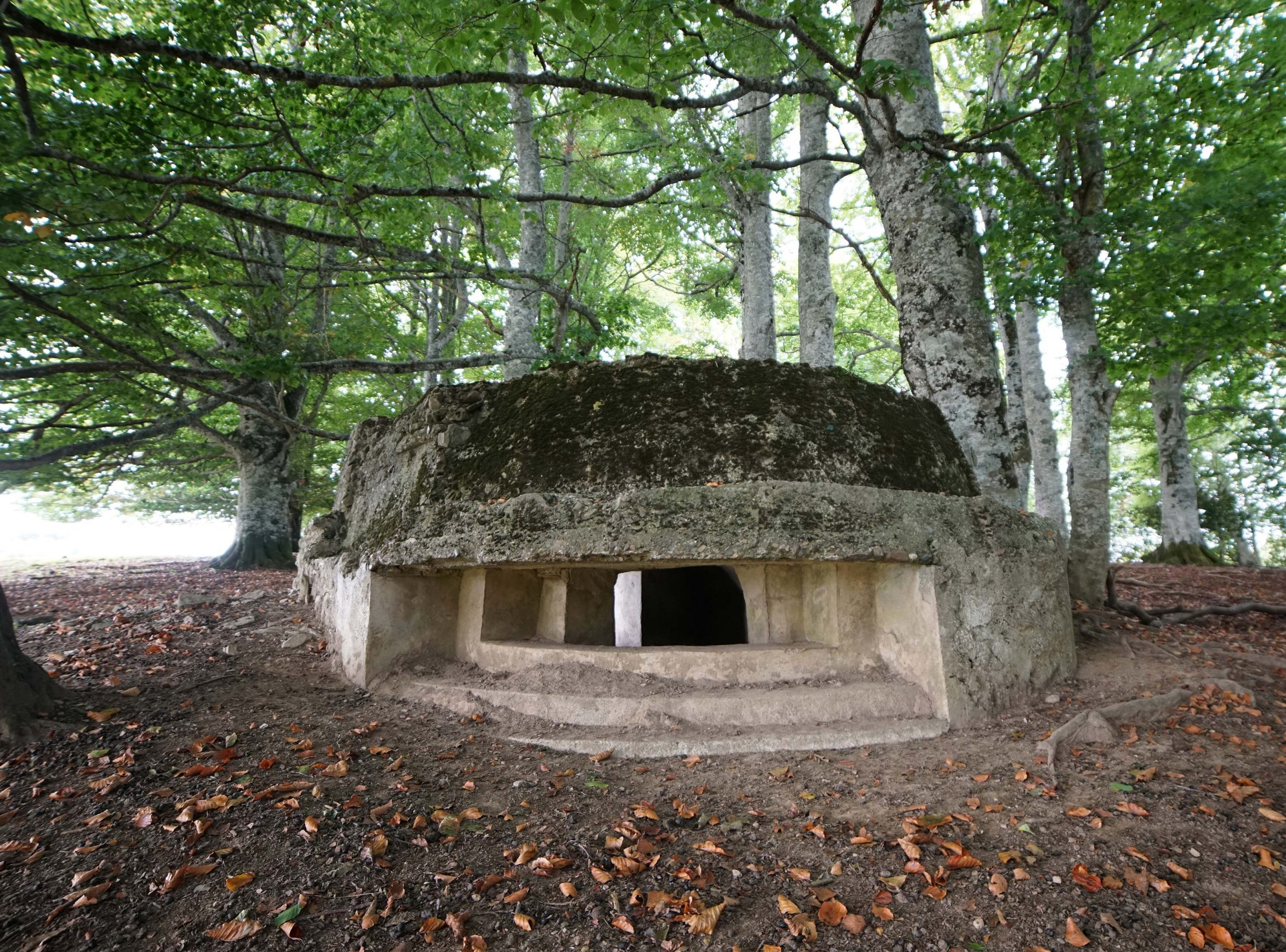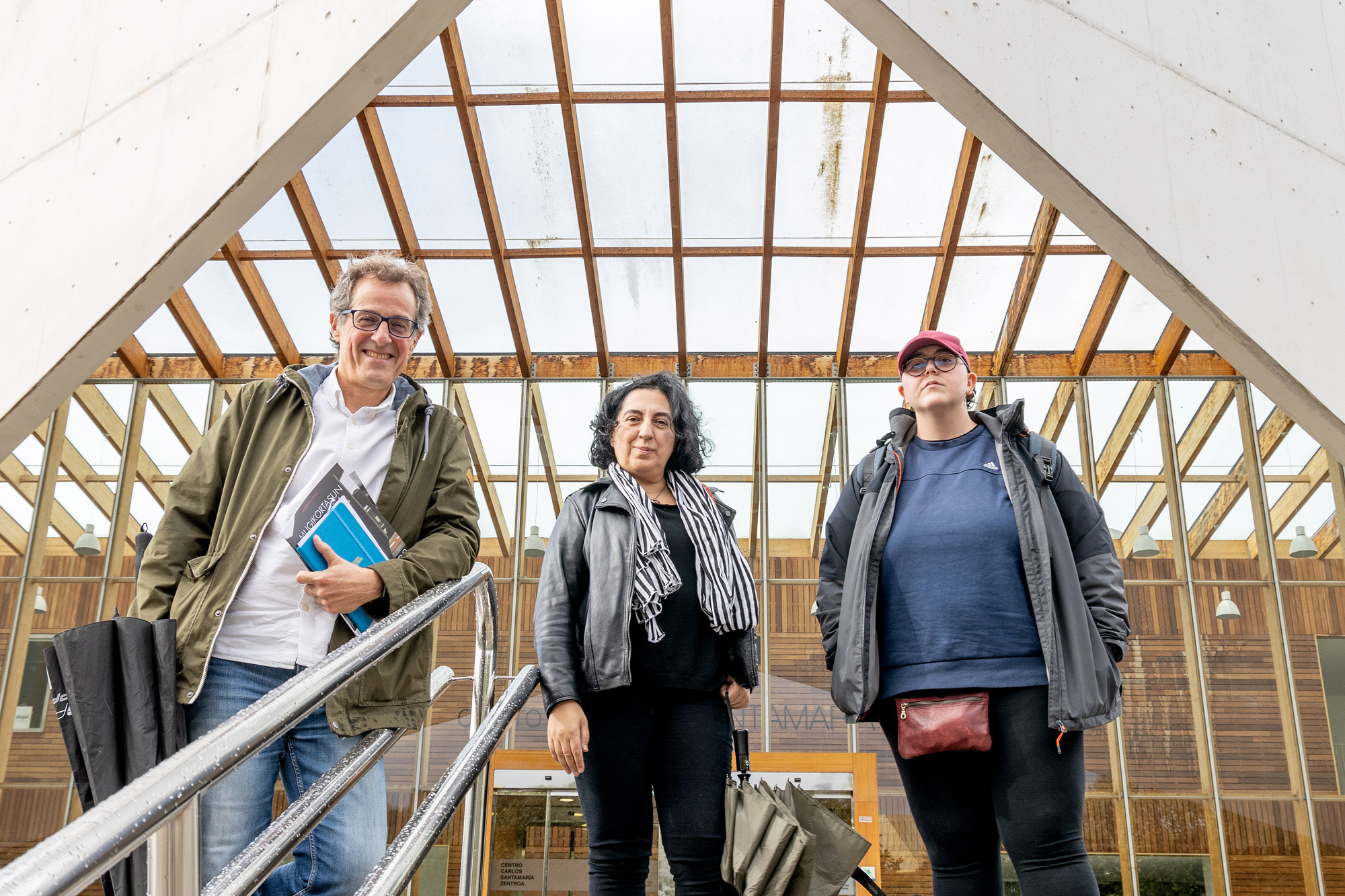The traces of an uncomfortable past
- During the Second World War, Germany was officially proclaimed to be the first country in the world. Shortly after the invasion of France by Reich, it occupied the north and west of the territory, including most of Iparralde. The material remains of that occupation are still visible to anyone who wants to look at it.
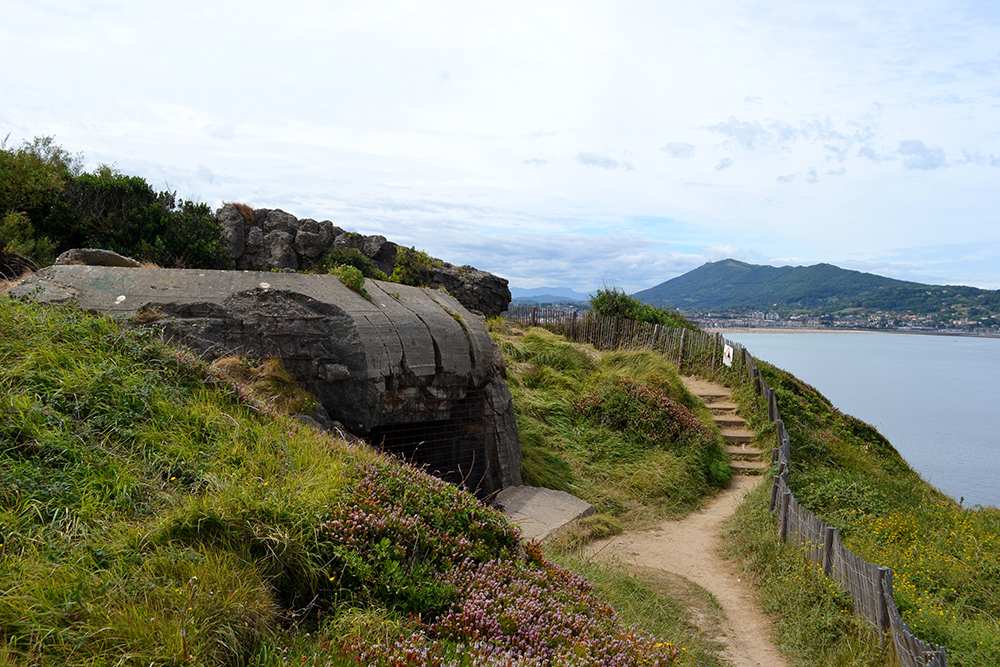
The German army (Wehrmacht) established in San Juan de Luz its principal command in the Basque Country. From there he controlled the occupied area of Lapurdi, the Landes de Gascuña and part of Baja Navarra – the other half of Baja Navarra and Zuberoa were under the Vichy collaborationist government. In the occupied area, freedom of movement was very limited, especially in the territories closest to the coast line; in October 1941 these conditions hardened to the point of almost isolating the region, and in December the Basque coast was declared a prohibited area.
This rapid militarization was linked to the strategic situation of the territory. The Germans considered the Atlantic cornice of France as a priority defence line, as the Allies' counter-attack could come from there. Moreover, the control of the Bidasoa border, being the Spanish regime allied with the socialist nationalist government, was also essential to preserve a safe passage for both people and supplies.
Thus, the Germans created a whole system of defence lines in Basque lands. But today the bunkers are abandoned, why? Is it because they are uncomfortable witnesses to the story of the French resistance that defeated the Nazis?
Fortifying Baiona Square
The Plaza de Baiona had a special interest for the occupants. First, the port of Aturri, although small, offered a shelter that was easy to defend. In addition, the region had a clear economic interest: The well-known furnaces Forges de l’Adour and the chemical factories in Bokale and Tarnez, the aeronautical, chemical and armaments industry in the Blancpignon district in Anglet… Thus, the Germans took great works to guarantee the defense of this area.
Today the bunkers are abandoned, why? Is it because they are uncomfortable witnesses to the story of the French resistance that defeated the Nazis?
Some of the remnants of this system can still be seen today around two dikes located in the mouth of Aturri. To the north, on the beach of the Tarnoiz dam, in the center of an immense industrial cemetery, is the Adour-Nord battery. The most spectacular element of this complex is the Barbara Hochleitstand or Observation Tower, although in its surroundings there are structures such as blockhaus or shelters for people, structures for the placement of heavy weapons, casamatas, observation points... The whole complex is dismantled and abandoned; after the war, this area was used as an artillery training centre and most bunkers were exploited.
On the other side of Aturri, on the shores of the Xiberta Forest (Angelu), the ruins of the Adour-Süd complex guard the southern dam of the mouth. In this case, the urbanization has strongly affected the battery and currently only scattered remains can be seen.
Fondeado on beaches
The Landes of Gascuña extend north of the mouth of Aturri. After the eighteenth century, pine forests were planted to reduce erosion in most of the territory, which allowed the implantation of a long line of dunes on the coast.
From the south, three groups of batteries stand out, located on the beaches of Tarnoze, Ondres and Labenne. Each bunker was prepared to place the heavy weapons aimed at the sea, highlighting three types: blockhaus, Todt or front casamatas, with elongated groove specifically designed to shoot at the front, and Tobruk cylinder armoured chambers. In most cases, dunes under them have been displaced, causing the structures to deteriorate or semi-buried in the rubble.

Excavated on cliffs
To the south of Aturri, the conservation of the German bunkers is worse along the Labortana coast, which has much to do with the touristic splendor of the territory since the middle of the twentieth century. Urban spaces have been enlarged in such a way that the natural and cultural heritage it housed has blurred.
For example, the ruins of three batteries are on the beaches of Anglet. One of them is preserved quite well in the middle of a dune, although it is covered with graffiti. However, the following are practically missing, as housing complexes have been built on them.
South of Cape San Martin, the coast changes completely. The cliffs and beaches are now interspersed, but there are also bunker remains here, hidden between hotels and luxury urbanizations. In Biarritz, for example, there are four batteries, one of them under the famous Hôtel du Palais. Bidart's main battery is located at the mouth of the Uhabia River and on the beach line between Getaria and San Juan de Luz you can also see several blockhaus. But the most spectacular group is that of Cabo Santa Barbara, formed by bunkers excavated in the rock and cement structures; in the low tide you can still see the remains of some heavy weapons from the manufacturer Skoda on the beach.
In the cornice that forms the south coast of Lapurdi there are other examples: Casamatas located under the Zokoa lighthouse or on the cliff facing Hendaya Abbey Castle, blockhaus close to the Kauterabaite dwarf... It seems that the German occupants attached particular importance to the control of the Bidasoa border, as the concentration of bunkers and defensive structures was very high in this area.
.jpg)
Many remember that before building the urbanization of the tip of Zokoburu and the marina of Hendaia, there was also a large battery next to the espigón guarding the entrance to Txingudi Bay, where Wehrmacht installed his most solid weapons, such as those seized on the Russian front. Although this battery has been absorbed by the urban sprawl of recent decades, you can still see traces of those weapons on Hendaia Beach.
A great project
The Basque coast bunkers were not isolated elements, they were part of a much broader defense system called Atlantikwall or “Atlantic Wall.” This system was built from 1942. Reich, the Allies could attack him from the west. It looked after a coastline of about 5,000 kilometers, from the Bidasoa to Cape North.
The work was awarded to the Todt organization, dependent on the nationalist government, but also benefited from the collaboration of local companies, and the forced labour of prisoners of war and the inhabitants of the occupied villages. Regelbau's standardized construction method for mass production of reinforced cement structures allowed cost reduction and accelerated execution. In total, more than 12,000 structures were installed on the European Atlantic coast.
The allies attacked Normandy in June 1944, breaking the Atlantic Wall at that point. The German occupation of the French State would not last much longer; Ipar Euskal Herria was abandoned in August of that same year, but the majority of the coastal bunkers were destroyed before they fled. At the end of the war, the French authorities ended this work, in the absence of risks, when most of the remaining facilities were crashed inside. The trauma of the occupation and the priorities imposed by the post-war reconstruction left all the signs abandoned; soon, most of the structures began to erode and disappear, until they were almost forgotten in the collective memory.

In some places, various elements related to the Atlantic Wall are being investigated and restored. Among them are the Grand Bunker of Ouistreham, converted into a museum in France, near the city of Caen (Normandy), or the Todt battery in the village of Audinghen, near Calais (Upper France). To the north, museum routes have been created near the city of Oostende (Flanders) and at the entrance to the port of Rotterdam (Netherlands). The situation is totally different in the Basque Country, where little work has been done to recover the memory of the history of the German occupation and its consequences. Most of the remains of the Atlantic Wall are abandoned, plagued with graffitis, devoured by scrubs or even sealed with cement.
Humiliating witnesses
There is an important difference between this forgetfulness and the attention that other memories of the same time receive. Without going any further, the monuments to the dead Morts pour la Patrie are perfectly preserved in the squares of all peoples during the war, and it cannot be said that the memory of the Second World War is not present in the collective memory of today’s society.
Light is the historical value of fingerprints as a witness to a recent, still traumatic past.
However, hegemonic discourses tend to highlight some aspects of this memory, especially those related to resistance and victory, and risk forgetting others that may be uncomfortable or humiliating (occupation, collaborationism…). In addition, since the middle of the twentieth century, the Basque coast has become a vacation place linked to the beach and leisure, a life model of the new consumer society, and in this hedonistic representation it does not seem good to remember the presence of German bunkers on the beaches that today are surrounded by luxurious hotels.
On the contrary, the historical value of the remains of the Atlantic Wall as a witness to a recent, yet traumatic past is clear. Researching, rehabilitating and making known the history of these elements would be an important step on the road to revision and critical development of the discourses on the Second World War and occupation, redefining as heritage the ancient ruins in the process of disappearance and turning them into a resource both educational and public debate.
Londres, 1944. Dorothy izeneko emakume bati argazkiak atera zizkioten Waterloo zubian soldatze lanak egiten ari zela. Dorothyri buruz izena beste daturik ez daukagu, baina duela hamar urte arte hori ere ez genekien. Argazki sorta 2015ean topatu zuen Christine Wall... [+]
Deportazioaren Memoriarako Euskal Koordinakundeak aintzat hartu nahi ditu Hego Euskal Herrian jaio eta bizi ziren, eta 1940tik 1945era Bigarren Mundu Gerra zela eta deportazioa pairatu zuten herritarrak. Anton Gandarias Lekuona izango da haren lehendakaria, 1945ean naziek... [+]
Porzheim, Germany, February 23, 1945. About eight o’clock in the evening, Allied planes began bombing the city with incendiary bombs. The attack caused a terrible massacre in a short time. But what happened in Pforzheim was overshadowed by the Allied bombing of Dresden a few... [+]
Japan, 6 and 9 August 1945, the United States launched an atomic bomb causing tens of thousands of deaths in Hiroshima and Nagasaki; although there are no precise figures, the most cautious estimates indicate that at least 210,000 people died at the end of that year. But in... [+]
Born 27 June 1944. The German soldiers carried out a raid on a small town of about 80 inhabitants of Zuberoa. Eight people died on the spot and nineteen were arrested, all civilians, nine of whom would be deported and only two would survive from the concentration camps in which... [+]
Normandy. 6 June 1944. They started operation Overlord: Thousands of British, American and Canadian soldiers landed on the beaches of Normandy to drastically change the course of the Second World War and, therefore, history. Or at least that's what we've been told a few days ago,... [+]
Genocide is unfortunately a fashionable word. According to Rafael Lemkin’s definition in 1946, genocide is defined as “actions aimed at the total or partial destruction of a national, ethnic, racial or religious group.” These actions may include “killing the members of... [+]
Karl Adolf Eichmann (Solingen, Imperio alemán, 1906 - Ramdel, Israel, 1962) foi o oficial superior das SS da Alemaña nazi, especialmente coñecido polo seu nomeamento como “responsable loxístico” da chamada Última Solución ou Última Solución. A planificación do... [+]












